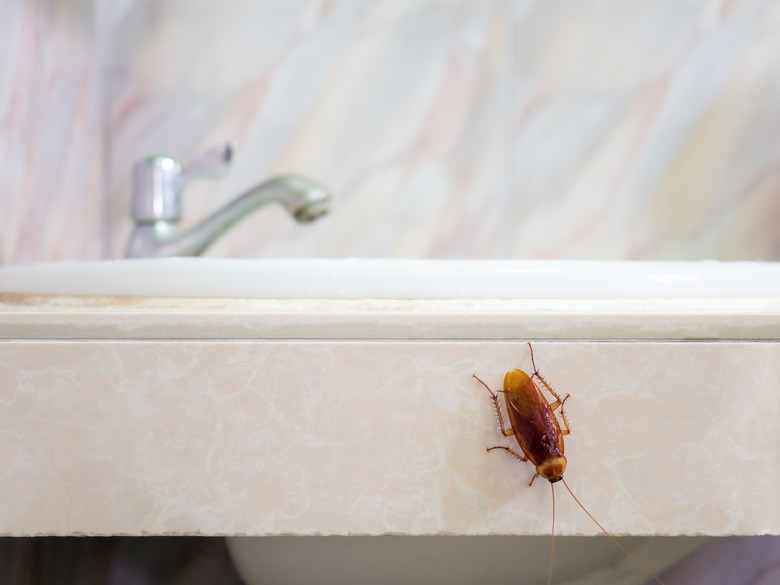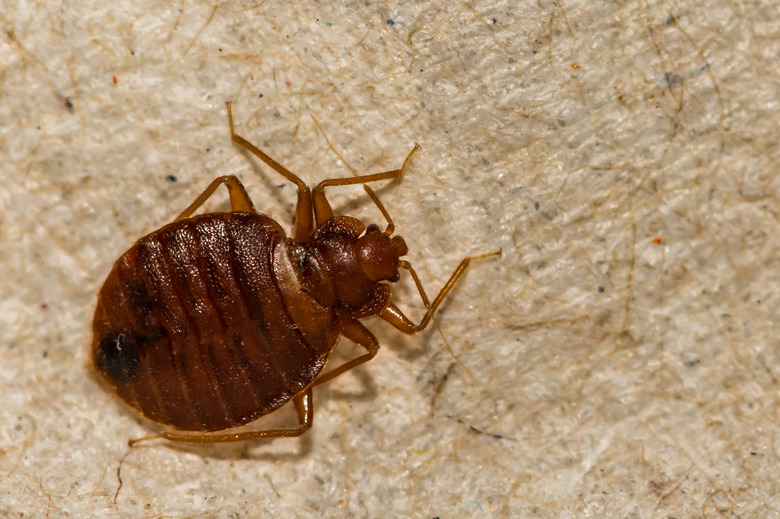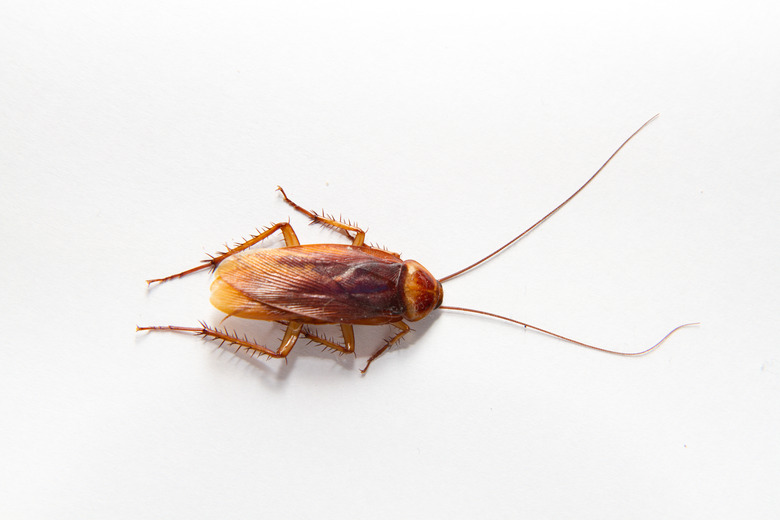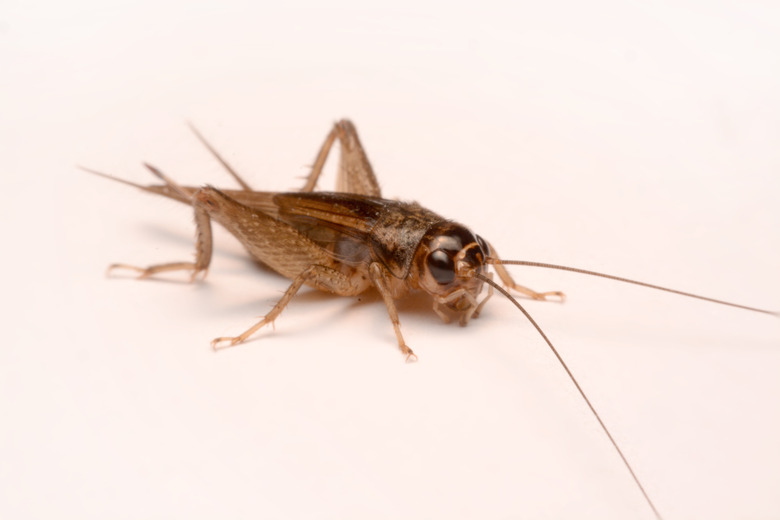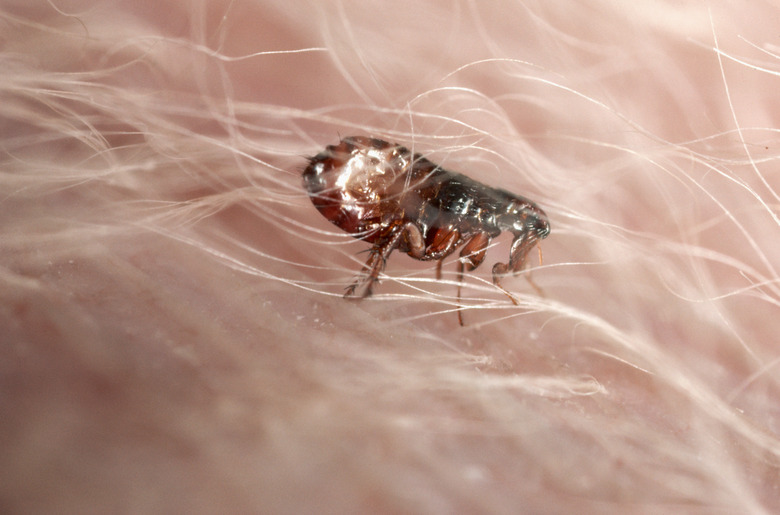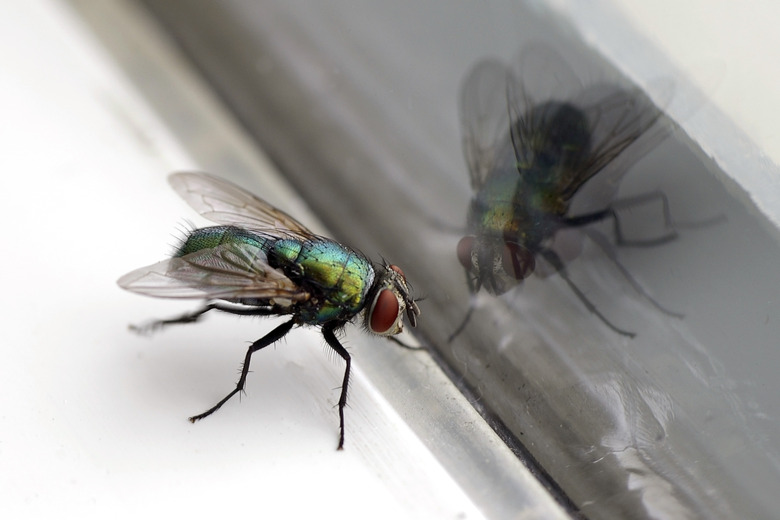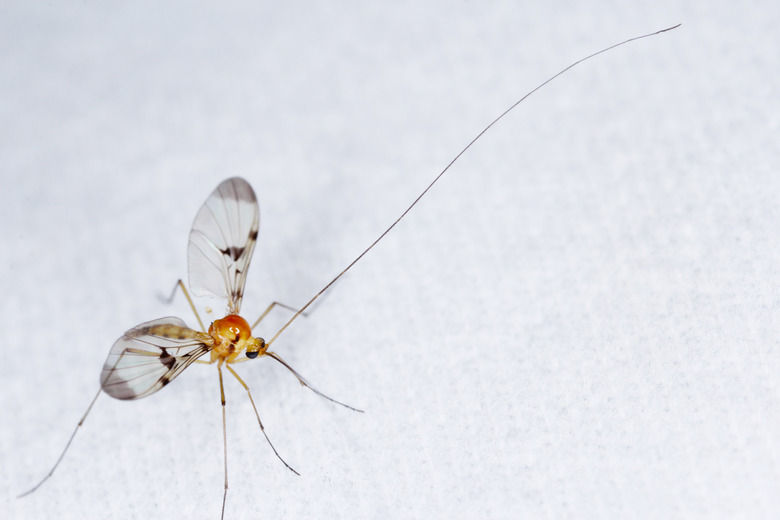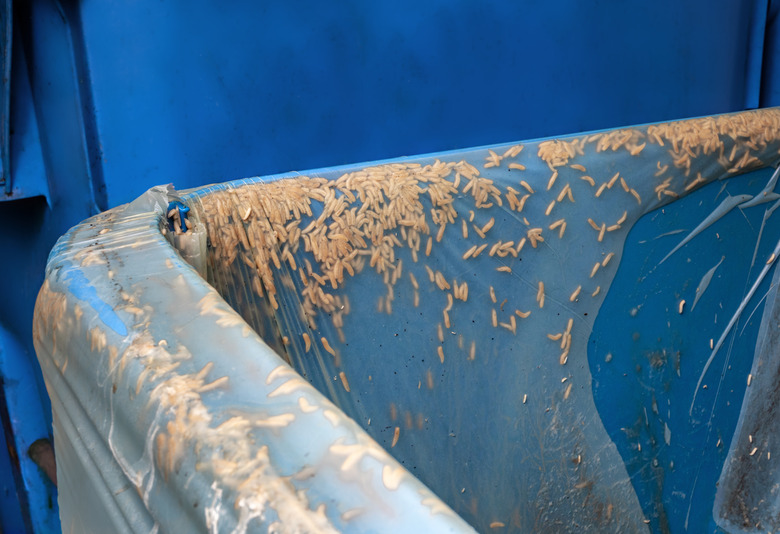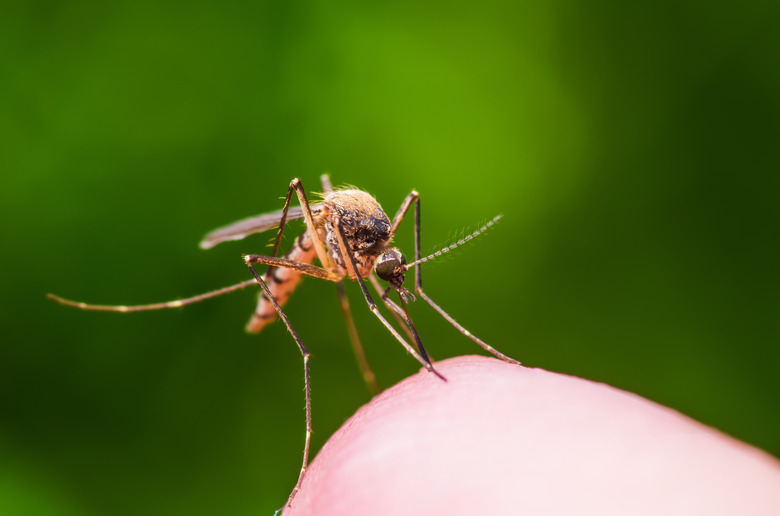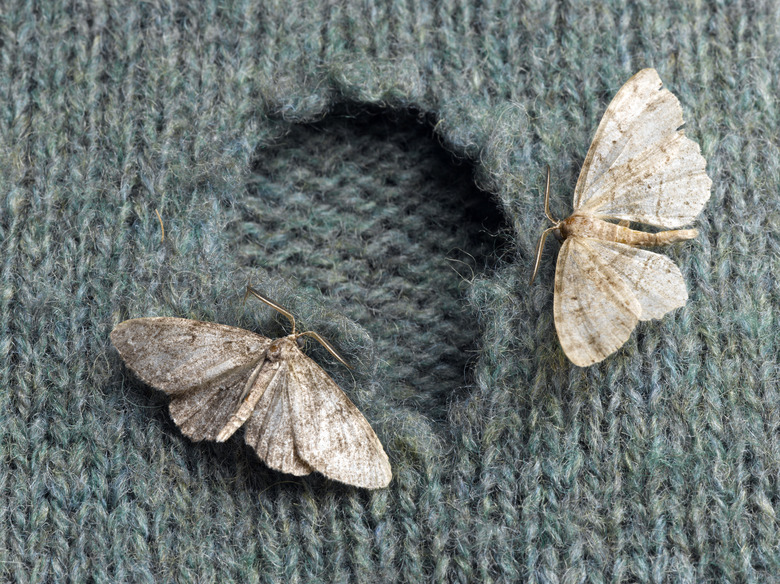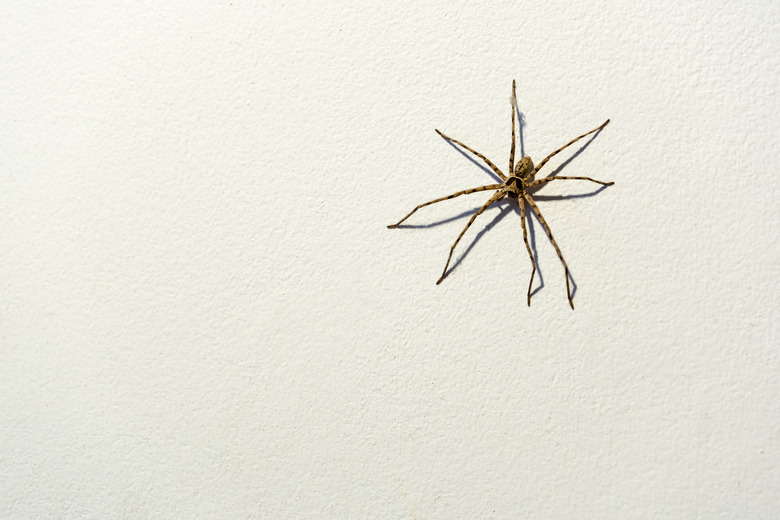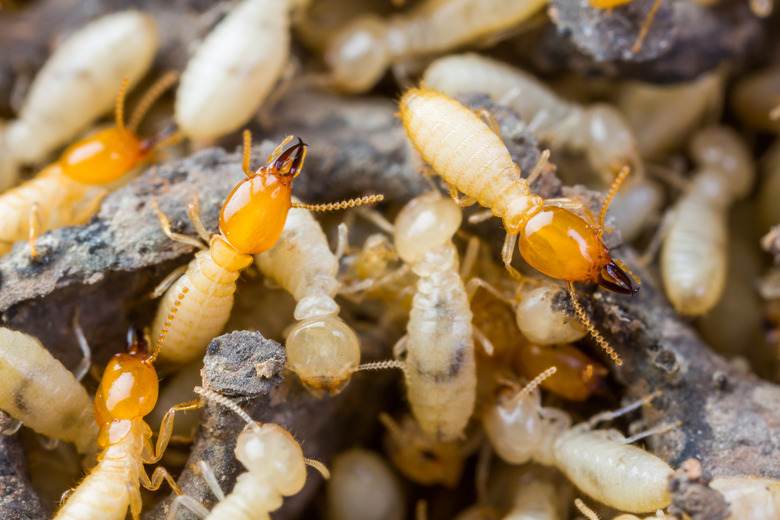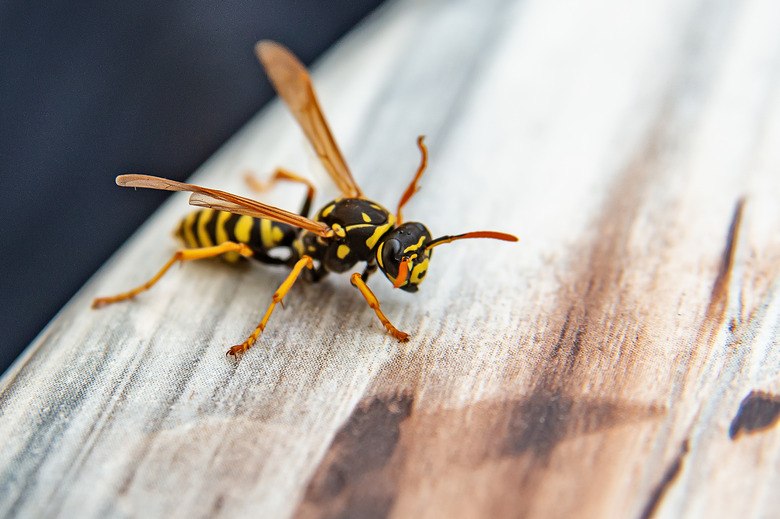Pest Control For Homes: How To Identify Household Pests
Though most insects you find in your home are generally harmless and are just passing through to find food or water, some can eat away at the structure of your house, leave behind scores of bacteria, and bite you in your sleep (eek!). Whether you are planning on DIYing the pest control for your home or hiring a professional pest control company, the first step of a pest control plan is to identify the bug that's invading your space.
Once you've determined what kind of insect you're dealing with, you can learn how to get rid of them, find the best control products or pesticides on the market, and prevent future infestations.
Ants
Hard-working and sweet-seeking, you'll most likely see a trail of ants in your kitchen or your bathroom (the areas in your home with the most moisture) during the warmer months. Though there are about 10,000 different species of ants all over the world, you'll most likely come into contact with the odorous house ant (Tapinoma sessile) or the carpenter ant (Camponotus spp.).
More About Ants
Bedbugs
There's nothing that makes you shudder quite like hearing the words "bedbug infestation" — and for good reason: Bedbugs bite, causing large red welts to pop up. Though they don't carry disease, these small, flat bugs are very difficult to eliminate, and you'll likely need the assistance of professional pest control for your home if you notice them.
More About Bed Bugs
Cockroaches
Cockroaches are among the grossest of house pests. Ranging in size (but typically brown), they carry bacteria that can potentially cause salmonella, staphlylococcus, and streptococus, and their feces and skin sheddings can trigger allergies and asthma issues. In the United States, you'll most likely come across the American cockroach (Periplaneta americana) or the German cockroach (Blattella germanica), which like to hang out in areas where there is food, moisture, or decay, like basements, food storage areas, drains, or bathroom plumbing.
Roaches are unfortunately common household pests (no matter how clean you keep your home). Luckily, there are plenty of home pest control remedies to get rid of them, but if they still persist, you may need to hire a professional pest control company.
More About Cockroaches
Crickets
You'll likely realize you have crickets in your house when you hear their nightly song, which quickly stops when you come near. But beyond being annoying and a bit unsightly, crickets aren't generally a big pest problem. You'll see crickets in cool, damp spots in your house (such as the basement), where they've likely come in to escape the winter.
More About Crickets
Fleas
Fleas typically hitch a ride into your house via your dog or cat, but they don't just make your pets itchy — this pest infestation can also spread diseases, like plague, fleaborne typhus, cat scratch disease, and fleaborne parasites. Because fleas are so small (about 1/12 inch), it can be difficult to spot them around your house, but you'll usually find them jumping around in carpets, rugs, or pet bedding.
More About Fleas
Flies
Houseflies are always an unwelcome guest at barbecues, and you'll typically see one or two buzzing around in the kitchen or bathroom in the warmer months. Although they don't bite or sting, houseflies are actually pretty efficient disease spreaders because they pick up germs and bacteria through waste and food, potentially causing unpleasant diseases, like skin infections, eye infections, and gastrointestinal issues.
When it comes to pest management methods for houseflies, there's nothing more classic than a fly swatter, but there are also other options (like traps) for homeowners who are determined to get rid of not only just houseflies but all types of flies that hang around your drains and produce.
More About Flies
Gnats
The term "gnat" is a catch-all for any small, winged insect that you know isn't a housefly — but taxonomically, they are part of a suborder called Nematocera, which includes fungus gnats, drain flies, black gnats, sand flies, and fruit flies. Though generally not harmful, gnats (sometimes called no-see-ums) aren't pleasant house guests and can be spotted in drains, on plants, or floating around the fresh fruit you just bought.
Pest control treatments at home for gnats can easily be created with items you already have on hand, like apple cider vinegar and rubbing alcohol.
More About Gnats
Maggots
There aren't many things more stomach churning than seeing maggots, or fly larvae, wriggling around in your trash can or other spots where there is decaying organic matter in your home. If you happen to find some of these whiteish worms on any food in the pantry or refrigerator, be sure to toss it out because ingesting maggots can cause salmonella contamination or bacterial poisoning.
As gross as they are, luckily, they are easy to get rid of using DIY pest control methods, like pouring boiling water on them.
More About Maggots
Mosquitoes
Annoying, disease-spreading, and causer of giant welts, mosquitoes are summer's number one enemy. Though we think of mosquitoes as an outdoor nuisance, they can come inside and lay eggs in humid spots in the house, like showers and the laundry room. To prevent them these tiny winged insects from overwhelming your house in the warmer months, dump out all standing water (like in flower vases) and scrub to remove any eggs they may have laid.
More About Mosquitoes
Moths
Moths generally aren't going to sting or bite you, but they can cause an awful lot of damage to your clothing and pantry staples. In particular, the case-bearing clothes moth (Tinea pellionella) and the webbing clothes moth (Tineola bisselliella), both winged and white-ish or gray in color, are the ones that like to munch on sweaters in your closet. The Indian meal moth (Plodia interpunctella) can often be found in pantry items, like rice, flour, pasta, and cereal.
More About Moths
Spiders
There are over 45,000 types of spiders in the world, and you want exactly none of them in your house. You'll most likely see spiders in damp, cool places in your home, like a basement, cellar, or bathroom, with the most common types being the American house spider, cellar spider, daddy longlegs, and wolf spider. Though generally harmless to humans, these house spiders understandably make many of us nervous, so the best way to eliminate them is to remove clutter and fix any gaps that you see in walls, under doors, or by windows.
More About Spiders
Termites
If your home's structure had an enemy, it would be termites. Small in stature but large in destruction, termites feed on cellulose, which is found in the very important wooden framing of your home as well as hardwood floors and furniture. Unfortunately, it may be months or even years before you notice their presence, but typically, you know you have a termite infestation when you start to see piles of wings, mud tubes, and damage to your home, like sagging drywall.
Termite control is not typically something you can handle on your own once you've noticed an infestation, but there are some natural methods to try before you escalate the matter and call an exterminator.
More About Termites
Ticks
Ticks are tiny (about the size of an apple seed), but tick bites can potentially cause big health problems, like Rocky Mountain spotted fever or Lyme disease. Ticks are an outdoor pest control issue, and the best way to prevent them from causing health issues is to keep your yard neat and tidy by mowing the grass regularly, clearing brush, and eliminating leaf piles.
These tiny reddish-brownish blood suckers are also notorious for giving your pets a hard time (and then crawling over to you once your pet comes inside), so it's important to keep up a regular tick treatment for your dog or cat.
More About Ticks
Wasps
As annoying (and painful) as wasps can be, they are very important to the ecosystem as pollinators. However, that doesn't mean that you want a nest of them hanging around your yard (or even inside one of your walls). Though wasps — less fuzzy and skinnier than bees — typically set up their nests outside, they can also post up in places like bathroom vents and attics. Should you find yourself with a wasp nest inside your home or even in an inconvenient spot like a garage, porch, or children's play area, you'll likely need to seek the help of professional pest control services to remove them so you can avoid a painful series of stings.
